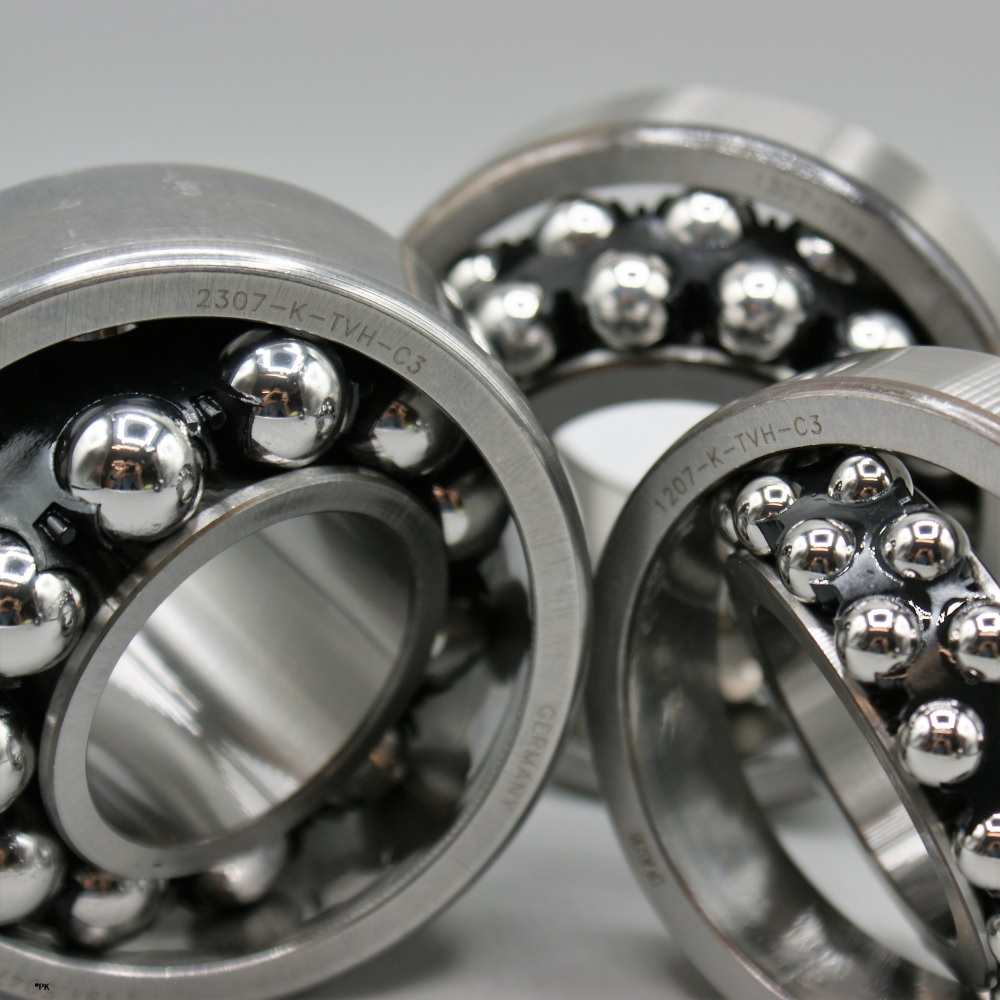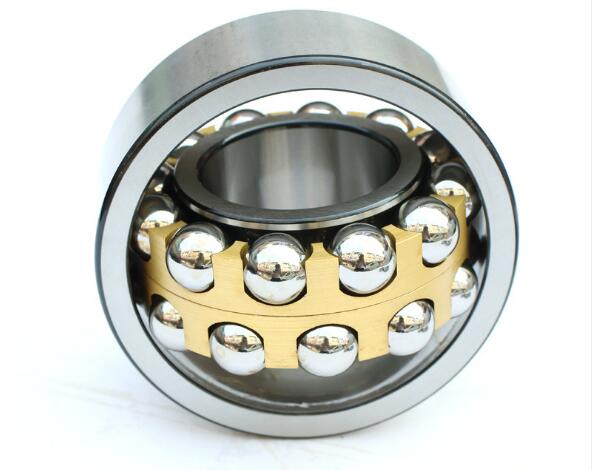Product Description
Different type:
| Designation | Dimensions | Basic Load Ratings | Limiting Speed | Mass | ||||||||||||||
| d | D | T | B | C | r1 | r | Cr | Cor | ||||||||||
| min. | min. | Dynamic | Static | |||||||||||||||
| SFT | mm | kN | Rpm | g | ||||||||||||||
| 35713 | 17 | 40 | 13.25 | 12 | 11 | 1 | 1 | 20.7 | 21.9 | 9 |
546467 576467 |
BAHB445539 |
FC12571 GB4571 FC12784S03 |
IR-2220 |
C525 L29 |
|||
| DAC2552 | HB-3080C/SBR | 513116 | ||||||||||||||||
| DAC306E1 AU 0571 -4LL | BAH/SBR | IR-8622 | ||||||||||||||||
| DAC3564 | GB12807S03 GB40706 | IR-8066 | 770309571 | |||||||||||||||
| DAC37725717 | 527631 | BA2B 633571CB | ||||||||||||||||
| DAC3772571 | 562398A | BAHB633531B BAHBC 439622C 540360 | 4TCRI-0868 De571 | BA2B 309692 BA2B 35716 BAHB 35711 BAHB 311315BD | 39BWD02 39BWD03CA69 | IR-8052 IR-8111 | ||||||||||||
| DAC3968 BAHB 311396B BAHB | BAHB311443B | GB12320 S02 | IR-8095 | Fw130 | ||||||||||||||
| DAC40720637 | 51 | |||||||||||||||||
| DAC4074A | GB12399 S01 | IR-8530 | 328723 | |||||||||||||||
| DAC4571033 | 55580 539166 | 40BWD08AC55 | 51D 521771 | BA2B633457 BAHB311424A BAHB309245 BAHB603694A BAHB633196 BAHB633791 | GB12571 | IR-8061 IR-8509 | 513102 513112 LR571 | |||||||||
| DAC4276 | BA2B35718 BA2B309609 | IR-8515 | 513154 | |||||||||||||
| DAC4282 | BA2B446047 BAHB446097 GB4571 | GB12163S04 GB12875 GB4571 | IR-8086 IR-8642 | 513073 | ||||||||||||
| DAC4282 | ||||||||||||||||
| DAC458A | BAHB633960 | |||||||||||||||
| DAC4587
Do you prefer that we remind you ? Immediate and free call/email back 2nd step: the outside diameter of the bearing
3rd step: the thickness of the bearing
Conclusion :You now have 3 measuring elements that will allow you to identify your bearing: the inside diameter (or bore), the outside diameter, and the thickness. You can postpone these measurements in our bearing search tool on our website FAQ
1.How many is the MOQ of your company? 2.Could you accept OEM and customize?
3.How do you guaranee the quality?
4.Do you have stocks?
5.Do you have only Hubs Wheel Auto Bearing? YES,we have more others types bearings,ANY BEARING YOU CAN THINK OF NOW,WE HAVE!
Can you describe the various types of seals and shields used with self-aligning bearings for contamination prevention?Yes, here’s a detailed description of the various types of seals and shields used with self-aligning bearings for contamination prevention:
Contact seals, also known as lip seals or radial seals, are commonly used with self-aligning bearings to prevent the ingress of contaminants. These seals feature a flexible lip that makes contact with the inner ring of the bearing, creating a barrier against dust, dirt, water, and other external substances. Contact seals provide effective contamination prevention but may introduce slightly higher friction due to the contact between the seal lip and the bearing surface. They are typically made of rubber or synthetic materials and offer good sealing performance in most operating conditions.
Felt seals are simple and cost-effective sealing solutions used with self-aligning bearings. They consist of a felt material that is compressed against the bearing inner ring or housing to create a barrier against contaminants. Felt seals are commonly used in applications with low to moderate speeds and light contamination levels. While they offer basic protection against solid particles, they may not provide effective sealing against liquids or fine particles.
Metallic shields, also known as metal shields or non-contact shields, are used to protect self-aligning bearings from solid contaminants such as dust and dirt. These shields are typically made of steel or other metals and are designed to fit closely to the bearing inner ring without making contact. Metallic shields provide effective protection while minimizing friction and heat generation. They are suitable for high-speed applications where low torque and minimal drag are desired.
Rubber shields, also known as non-contact seals or labyrinth seals, consist of a rubber or elastomeric material that forms a barrier around the bearing without making direct contact. Rubber shields are designed with a labyrinth-like structure that uses multiple barriers to prevent the entry of contaminants. These shields provide effective sealing against both solid particles and liquids while still allowing for low-friction operation. Rubber shields are commonly used in applications where low torque, minimal drag, and enhanced contamination protection are required.
Hybrid seals combine the advantages of different sealing technologies to provide optimal contamination prevention. These seals may incorporate a combination of contact seals, non-contact shields, or additional features such as flingers or slingers. Hybrid seals are designed to provide enhanced protection against a wide range of contaminants while minimizing friction and maintaining low torque. They are often used in demanding applications where a high level of sealing performance is required.
In addition to the primary seals and shields mentioned above, some self-aligning bearings may incorporate additional features to enhance contamination prevention. These features include flingers, which are rotating discs or rings that help to deflect contaminants away from the bearing; slingers, which are similar to flingers but operate by centrifugal force; and specialized coatings or surface treatments that provide enhanced resistance to corrosion or chemical attack. It’s important to consult the bearing manufacturer’s specifications and guidelines to select the appropriate type of seal or shield for a specific self-aligning bearing and its operating conditions. By choosing the right sealing solution, engineers can effectively prevent contamination and prolong the service life of self-aligning bearings in various applications.
Can you explain the installation and alignment considerations for self-aligning bearings?Proper installation and alignment are crucial for the optimal performance and longevity of self-aligning bearings. Here’s a detailed explanation of the installation and alignment considerations:
Prior to the installation of self-aligning bearings, it is essential to ensure a clean and suitable working environment. Here are some key considerations:
When mounting self-aligning bearings, it is important to follow certain guidelines to ensure proper fit and alignment:
Proper alignment is crucial for self-aligning bearings to function optimally. Here are some alignment considerations:
By following these installation and alignment considerations, you can ensure the proper fit, alignment, and performance of self-aligning bearings. Adhering to the manufacturer’s guidelines and best practices helps maximize the lifespan and reliability of the bearings in various applications.
How do self-aligning bearings differ from fixed or non-self-aligning bearings?Self-aligning bearings differ from fixed or non-self-aligning bearings in several ways. Here’s a detailed explanation of the differences between these types of bearings:
The design and construction of self-aligning bearings are distinct from fixed or non-self-aligning bearings. Self-aligning bearings have a spherical outer ring raceway, which allows for misalignment compensation. In contrast, fixed or non-self-aligning bearings typically have a cylindrical or tapered outer ring raceway, designed for precise alignment between the shaft and the housing.
The primary difference between self-aligning bearings and fixed or non-self-aligning bearings is their ability to compensate for misalignment. Self-aligning bearings can accommodate angular misalignment, axial misalignment, and shaft deflection, whereas fixed or non-self-aligning bearings have limited tolerance for misalignment and require precise alignment during installation.
Self-aligning bearings distribute the load more evenly across the rolling elements and raceways, thanks to their ability to accommodate misalignment. This helps reduce localized stresses and minimize the risk of premature failure. Fixed or non-self-aligning bearings, without the ability to compensate for misalignment, may experience uneven loading and increased stress on specific areas, leading to accelerated wear and potential failure.
Due to their misalignment compensation capability, self-aligning bearings help reduce friction and wear. Misalignment in fixed or non-self-aligning bearings can cause increased friction and localized wear, leading to reduced bearing life. Self-aligning bearings distribute the load more evenly, minimizing friction and wear on the rolling elements and raceways, resulting in improved reliability and longevity.
The different design and misalignment compensation capability of self-aligning bearings make them suitable for a broader range of applications compared to fixed or non-self-aligning bearings. Self-aligning bearings are commonly used in applications where misalignment is expected, such as heavy machinery, conveyor systems, and mining equipment. Fixed or non-self-aligning bearings are typically employed in applications that require precise alignment, such as machine tools or high-precision equipment.
Self-aligning bearings offer easier installation and maintenance compared to fixed or non-self-aligning bearings. The self-aligning capability of these bearings allows for more flexibility during the installation process, accommodating slight misalignments. In contrast, fixed or non-self-aligning bearings require careful alignment procedures to ensure proper functioning. Additionally, self-aligning bearings are often designed for easier maintenance, enabling tasks such as re-greasing or replacement without extensive disassembly. In summary, self-aligning bearings differ from fixed or non-self-aligning bearings in their design, misalignment compensation capability, load distribution, friction and wear characteristics, application range, and ease of installation and maintenance. These differences make self-aligning bearings particularly suitable for applications where misalignment is expected or dynamic operating conditions are present.
|




